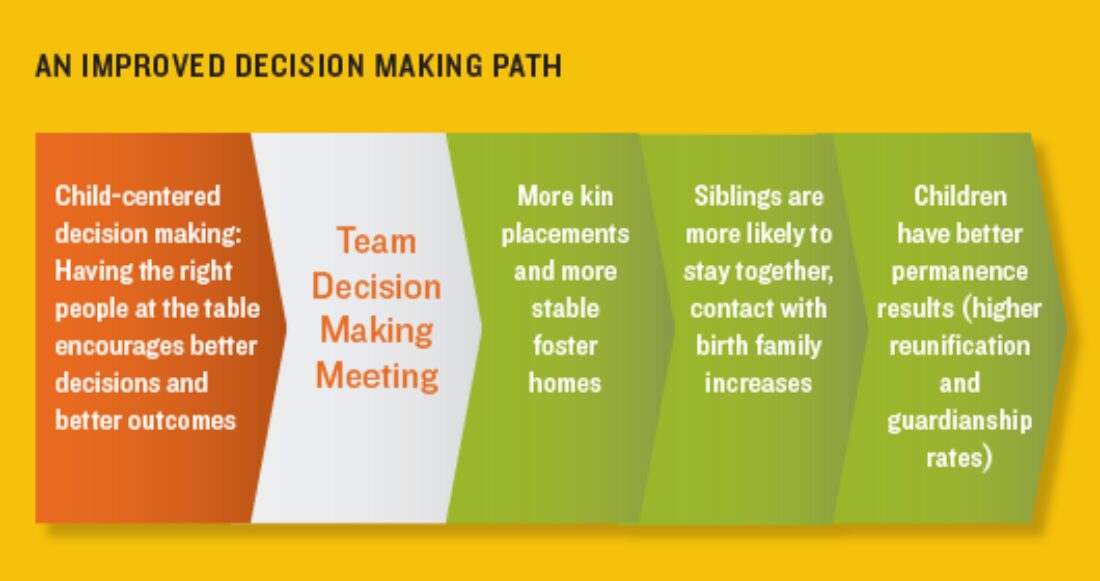Making Better Decisions About Kids and Families in Child Welfare

Making good decisions is crucial to the success of a child welfare agency and the outcomes of the kids and families served. In A Child Welfare Leader’s Desk Guide to Building a High-Performing Agency, the Casey Foundation shows how strong public agencies perform this important function.
“Especially at the front end of the system, when agencies and families first meet, good decision making requires staff members with the right skills, training and supervision,” said Tracey Feild, director of Casey’s Child Welfare Strategy Group. “Caseworkers must determine when to provide services or remove children from families, and if children are removed, find the right person to care for the child temporarily. Staff must also know how to collaborate effectively with others, such as families, the courts and service providers.”
Having the right tools, policies and practices is key. Approaches such as Structured Decision Making and Team Decision Making can support good decision making. Manageable caseloads are a must, along with support and incentives to keep investigative caseworkers trained, motivated and on the job, Feild said.
“These are tough positions,” she said, “but as the desk guide describes, there are concrete steps agencies can take to safeguard against backlogs and protect these essential workers from burning out.”
Learn more about decision-making practices in the Child Welfare Leader’s Desk Guide.





